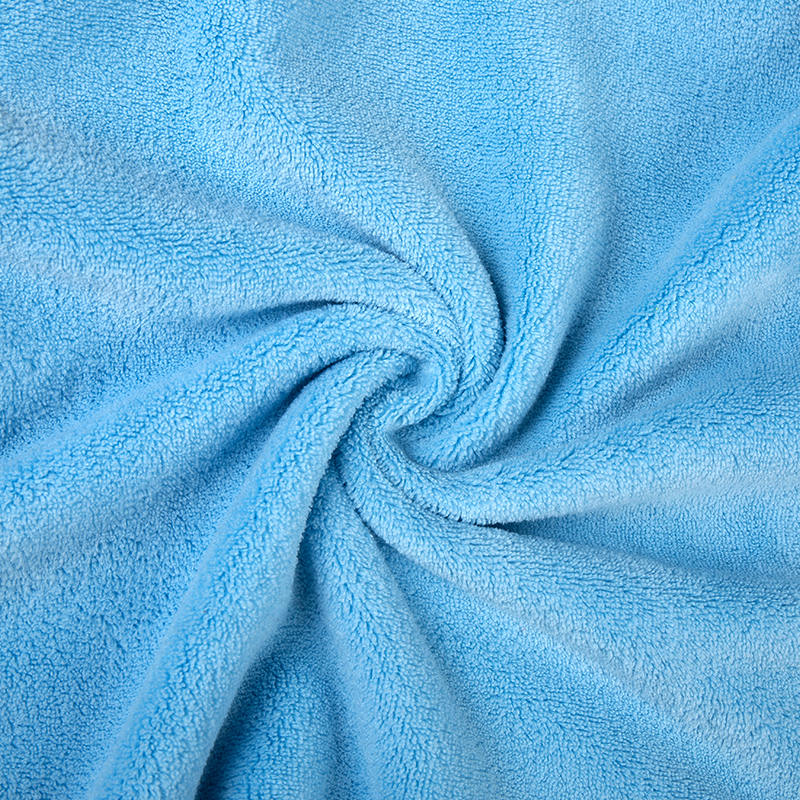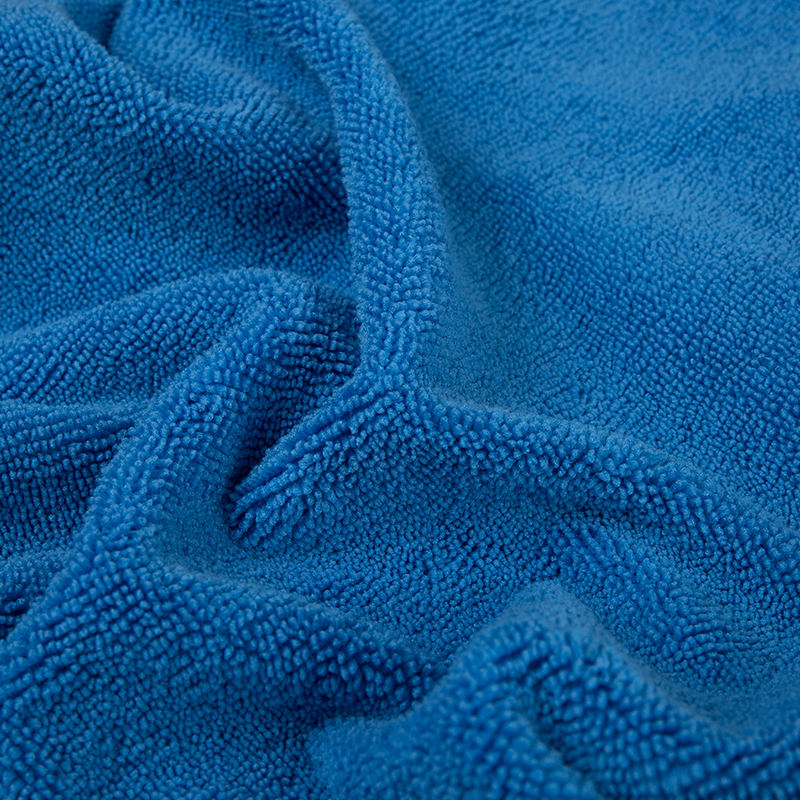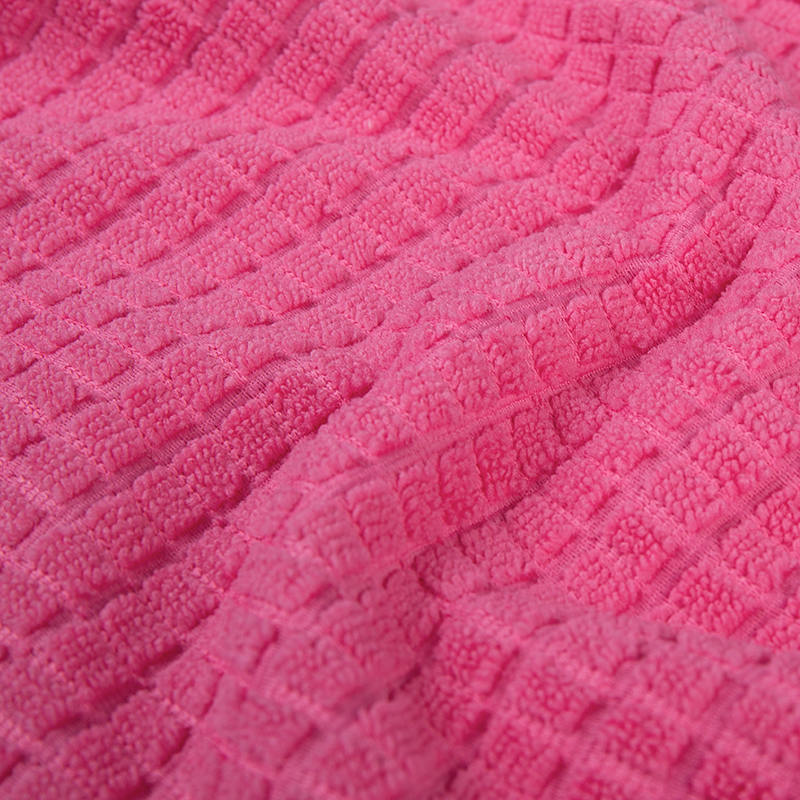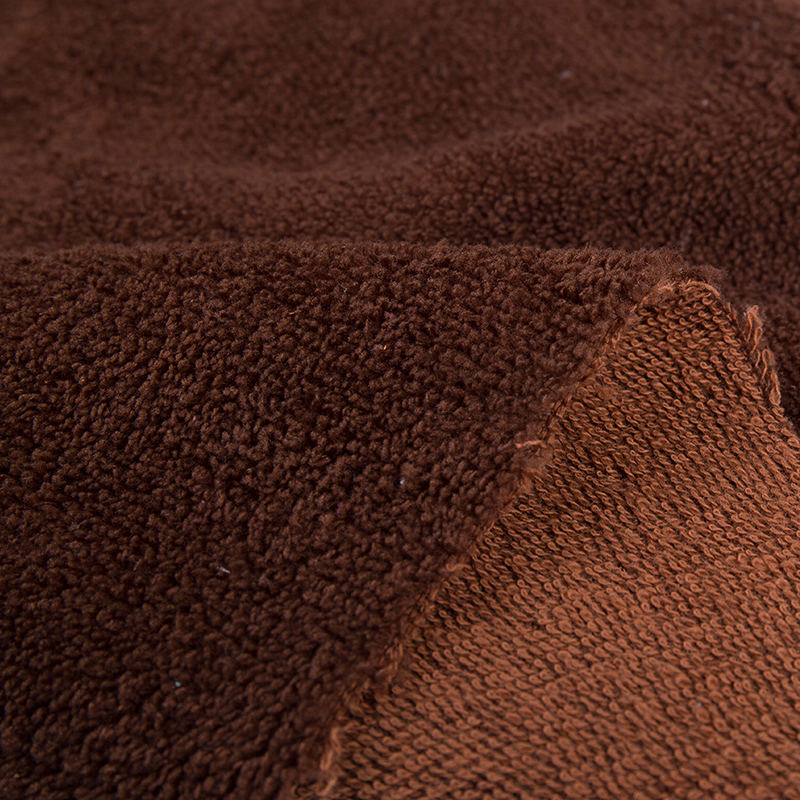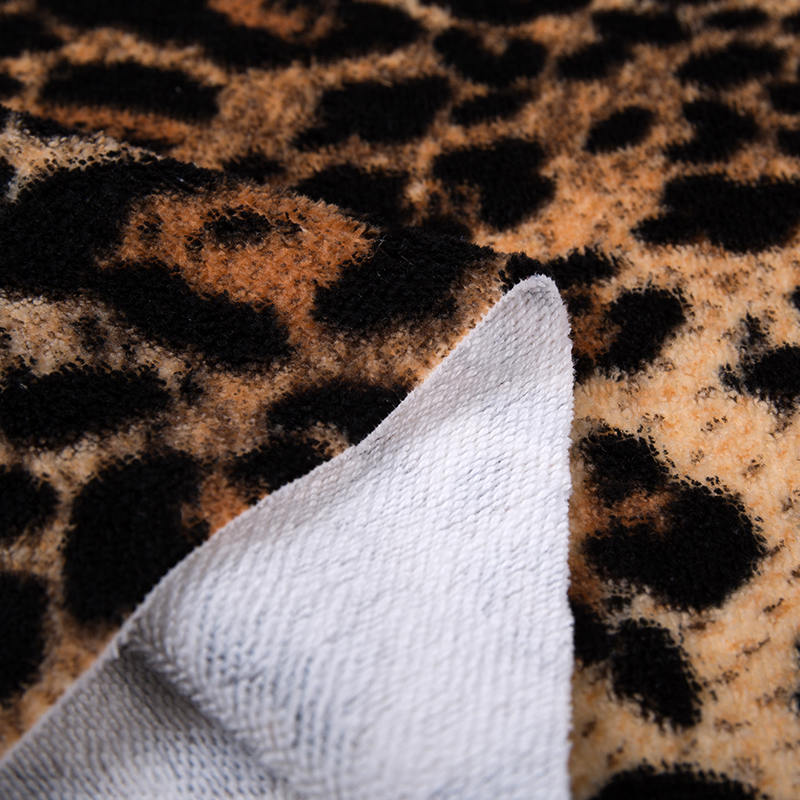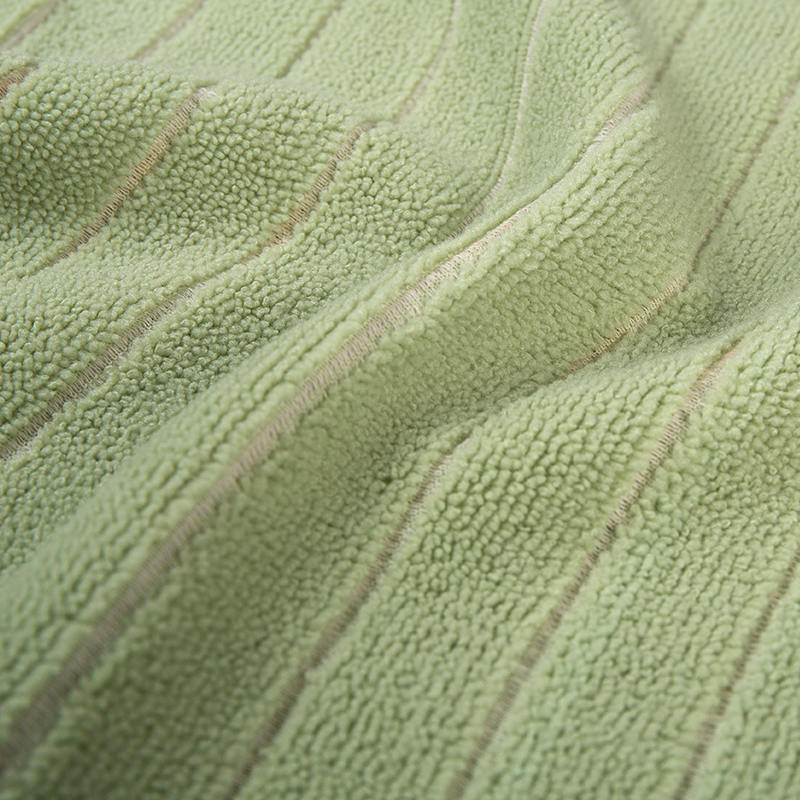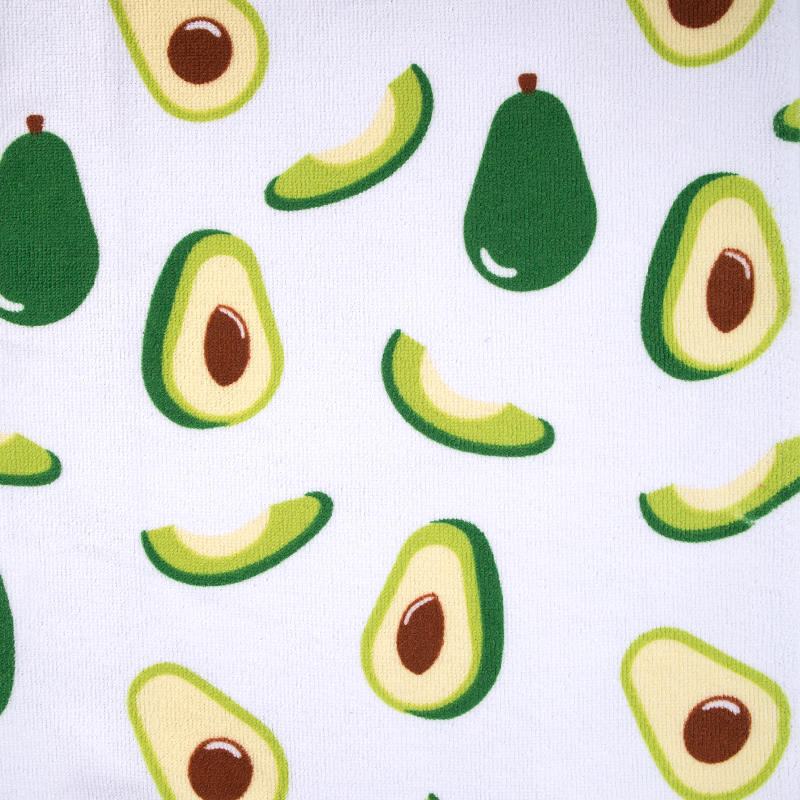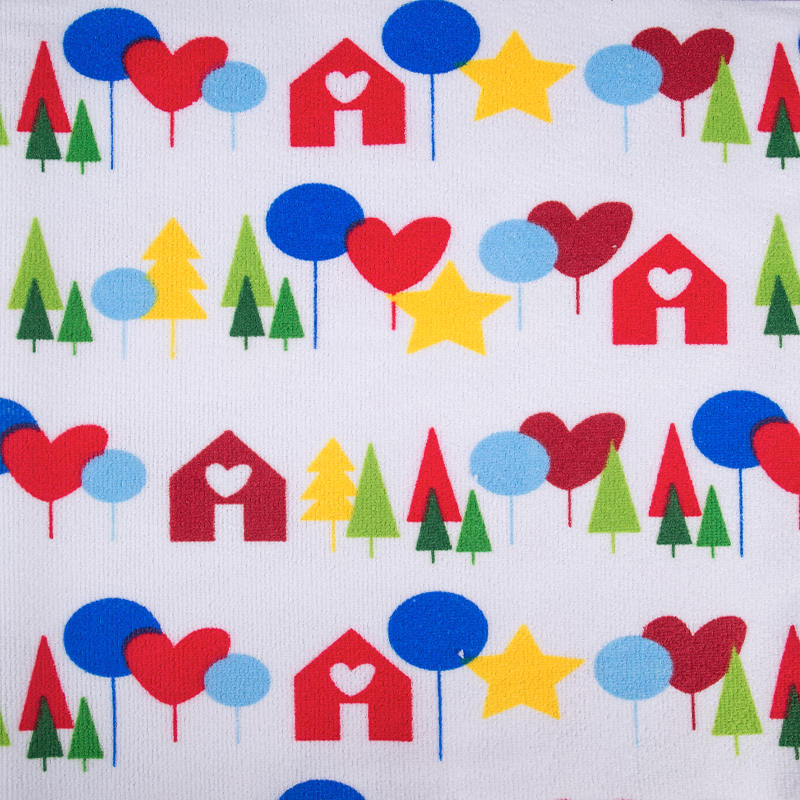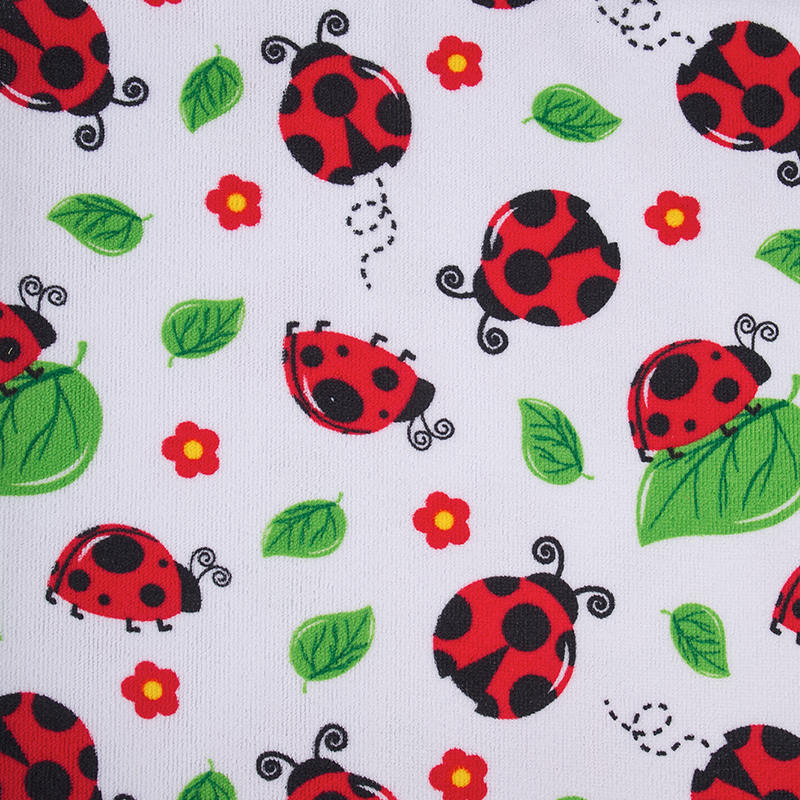Polyester coral velvet fabric has become a preferred choice in the textile industry due to its luxurious appearance, soft touch, and versatility across apparel, home textiles, and upholstery. Among its defining characteristics, smoothness plays a pivotal role in both aesthetic appeal and functional performance. While the fiber composition and weaving techniques lay the foundation, it is the finishing processes that ultimately determine the tactile experience and surface quality of the fabric.
Understanding Coral Velvet Fabric
Coral velvet is a type of plush fabric with a dense pile, commonly made from polyester fibers. Its soft texture and vibrant surface make it ideal for creating visually appealing garments and home furnishings. The inherent properties of polyester—high resilience, durability, and resistance to shrinking—provide a stable base for finishing treatments aimed at enhancing smoothness.
Key Features of Polyester Coral Velvet Fabric
| Feature | Description | Impact on Smoothness |
|---|---|---|
| Fiber Type | Polyester | Provides strength and flexibility for surface treatments |
| Pile Density | High | Contributes to a soft and uniform texture |
| Surface Sheen | Medium to High | Enhances visual smoothness and luxurious feel |
| Durability | Excellent | Maintains smoothness over repeated use and washing |
These features indicate that while polyester coral velvet fabric already possesses softness, achieving an optimal smooth surface requires careful finishing.
The Science of Fabric Smoothness
Smoothness in textiles refers to the tactile and visual evenness of the fabric surface. It affects not only comfort but also drape, reflectivity, and wear resistance. In coral velvet fabric, irregular pile alignment or uneven fiber distribution can result in a rough or uneven texture, compromising both appearance and user experience.
Finishing processes address these challenges by stabilizing the pile, aligning fibers, and enhancing surface uniformity. They can be broadly categorized into mechanical and chemical treatments.
Mechanical Finishing Techniques
Mechanical finishing involves physical processes that manipulate the fabric surface to achieve desired smoothness. Common methods include:
Brushing and Shearing: Brushing lifts the fibers to create a soft, plush surface, while shearing trims the pile to a uniform height. This reduces surface irregularities and enhances the velvet’s signature soft touch.
Calendering: The fabric passes through heated rollers, compressing the pile and creating a smooth, even finish. Calendering also improves fabric luster, contributing to visual smoothness.
Steaming and Pressing: Controlled steam exposure relaxes fibers and sets the pile, reducing wrinkling and surface irregularities.
| Mechanical Finish | Purpose | Effect on Smoothness |
|---|---|---|
| Brushing | Lift fibers | Enhances tactile softness |
| Shearing | Trim pile | Creates uniform surface height |
| Calendering | Compress pile | Increases visual and tactile smoothness |
| Steaming | Set fibers | Reduces wrinkles and irregularities |
These mechanical techniques are essential for achieving the velvety feel expected in polyester coral velvet fabric.
Chemical Finishing Treatments
Chemical finishes complement mechanical processes by modifying fiber surfaces to improve smoothness and hand feel. Common treatments include:
Softening Agents: These compounds coat the fibers, reducing friction and enhancing glide across the surface.
Anti-pilling Treatments: By stabilizing fiber ends, these finishes prevent surface fuzz, maintaining a smooth appearance over time.
Moisture-Resistant Finishes: Improve fiber flexibility and prevent stiffness caused by water absorption, contributing indirectly to a smooth touch.
| Chemical Finish | Function | Benefit for Smoothness |
|---|---|---|
| Softening Agent | Lubricates fibers | Enhances tactile sensation |
| Anti-pilling | Prevents fuzz formation | Maintains long-term smoothness |
| Moisture-resistant | Reduces stiffness | Preserves surface evenness |
These chemical finishes are applied under controlled conditions to ensure even distribution and optimal results without compromising the fabric’s durability or color.
Balancing Smoothness with Fabric Performance
While smoothness is crucial, it must be balanced with other performance metrics. Over-aggressive finishing can weaken the pile, reduce softness, or impair stretch properties. Polyester coral velvet fabric, due to its resilient fibers, allows for intensive finishing without significant loss of structural integrity. However, process parameters such as temperature, pressure, and chemical concentration must be carefully managed to maintain balance between smoothness, durability, and aesthetic qualities.
Considerations for End-Use Applications
| Application | Smoothness Requirement | Finishing Focus |
|---|---|---|
| Apparel | High tactile softness | Brushing, softening agents |
| Home textiles | Moderate softness, even surface | Calendering, anti-pilling |
| Upholstery | Smooth surface with durability | Shearing, moisture-resistant finish |
These considerations highlight that the finishing strategy should align with the intended end-use of the polyester coral velvet fabric to maximize both comfort and longevity.
Innovations in Finishing for Enhanced Smoothness
Recent innovations in textile finishing are expanding the possibilities for polyester coral velvet fabric. Advanced softening technologies, such as silicone-based finishes or nanocoatings, provide enhanced smoothness without compromising durability. Laser-guided shearing and precision calendering machines ensure uniform surface treatment at scale, meeting high industry standards for luxury textiles.
Furthermore, eco-friendly finishing techniques are gaining traction, reducing water and chemical usage while maintaining high smoothness standards. Such sustainable approaches are increasingly important in global textile production.
Conclusion
Finishing plays a critical role in defining the smoothness of polyester coral velvet fabric. While fiber composition and pile structure provide the foundation, it is the combination of mechanical and chemical finishing processes that determine the final tactile and visual quality. By carefully balancing these techniques, manufacturers can deliver fabrics that meet high standards of comfort, aesthetics, and durability.
The growing demand for luxurious yet functional textiles underscores the importance of finishing in coral velvet fabric production. For applications ranging from clothing to home furnishings, smoothness is not merely an aesthetic feature—it is a key determinant of user experience and product performance.

 English
English Español
Español 中文简体
中文简体